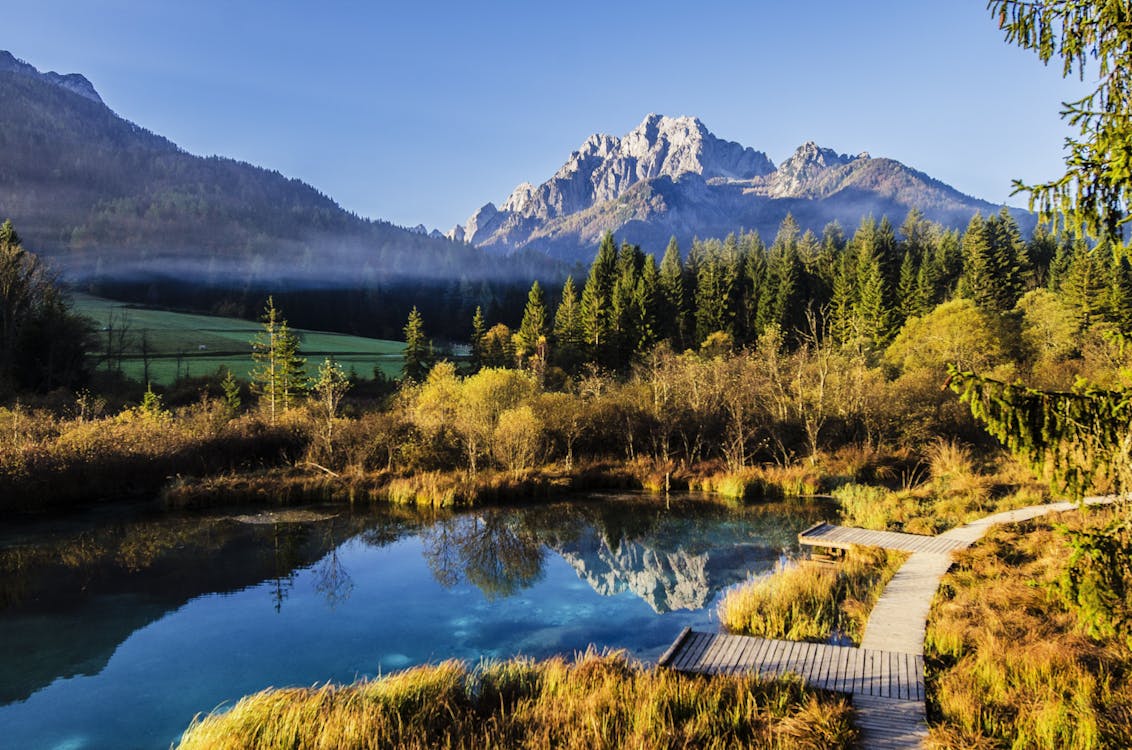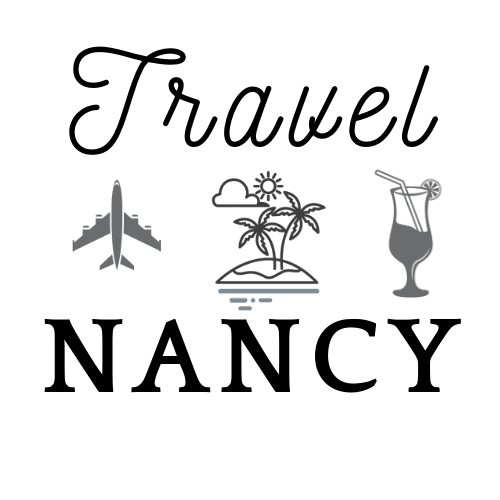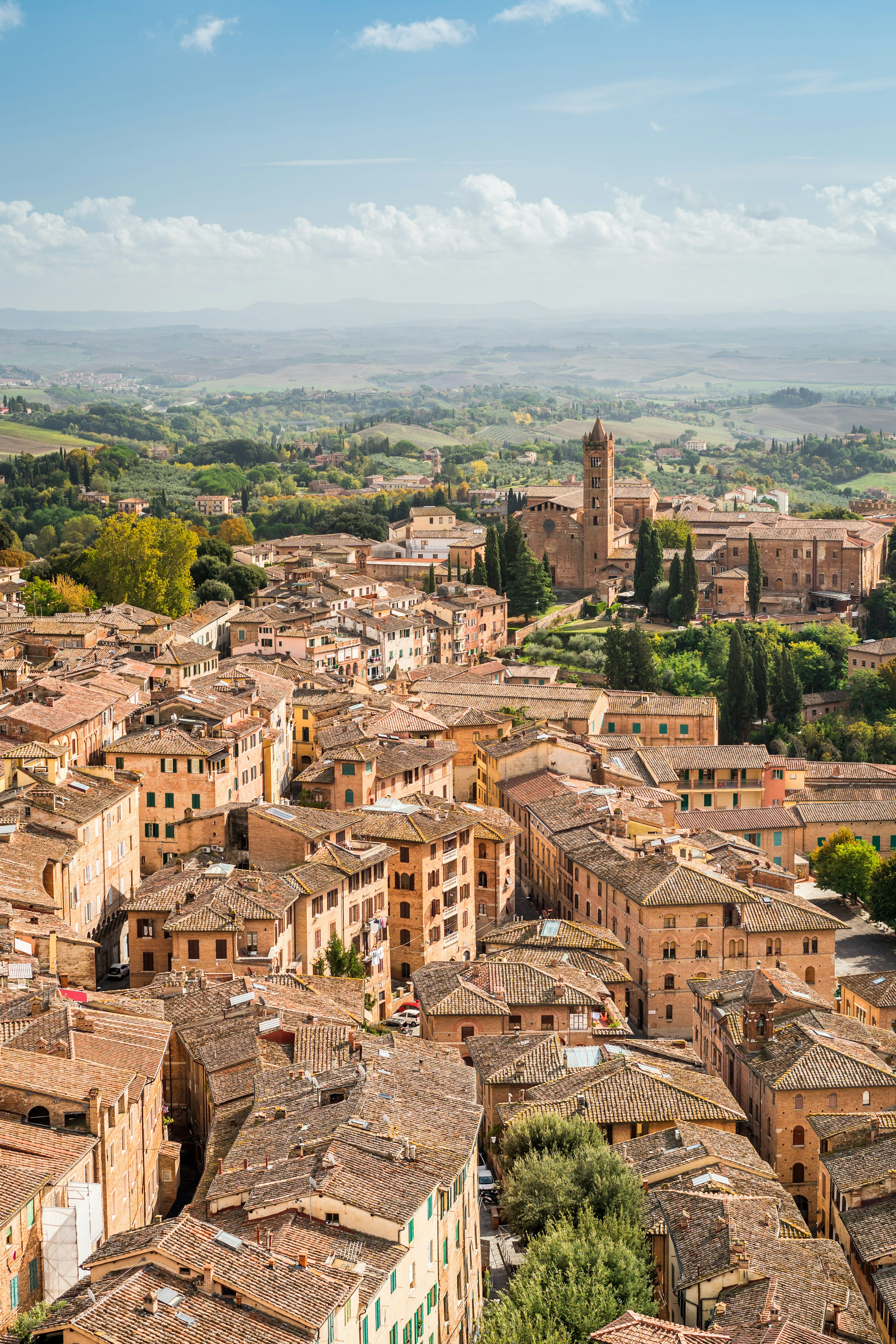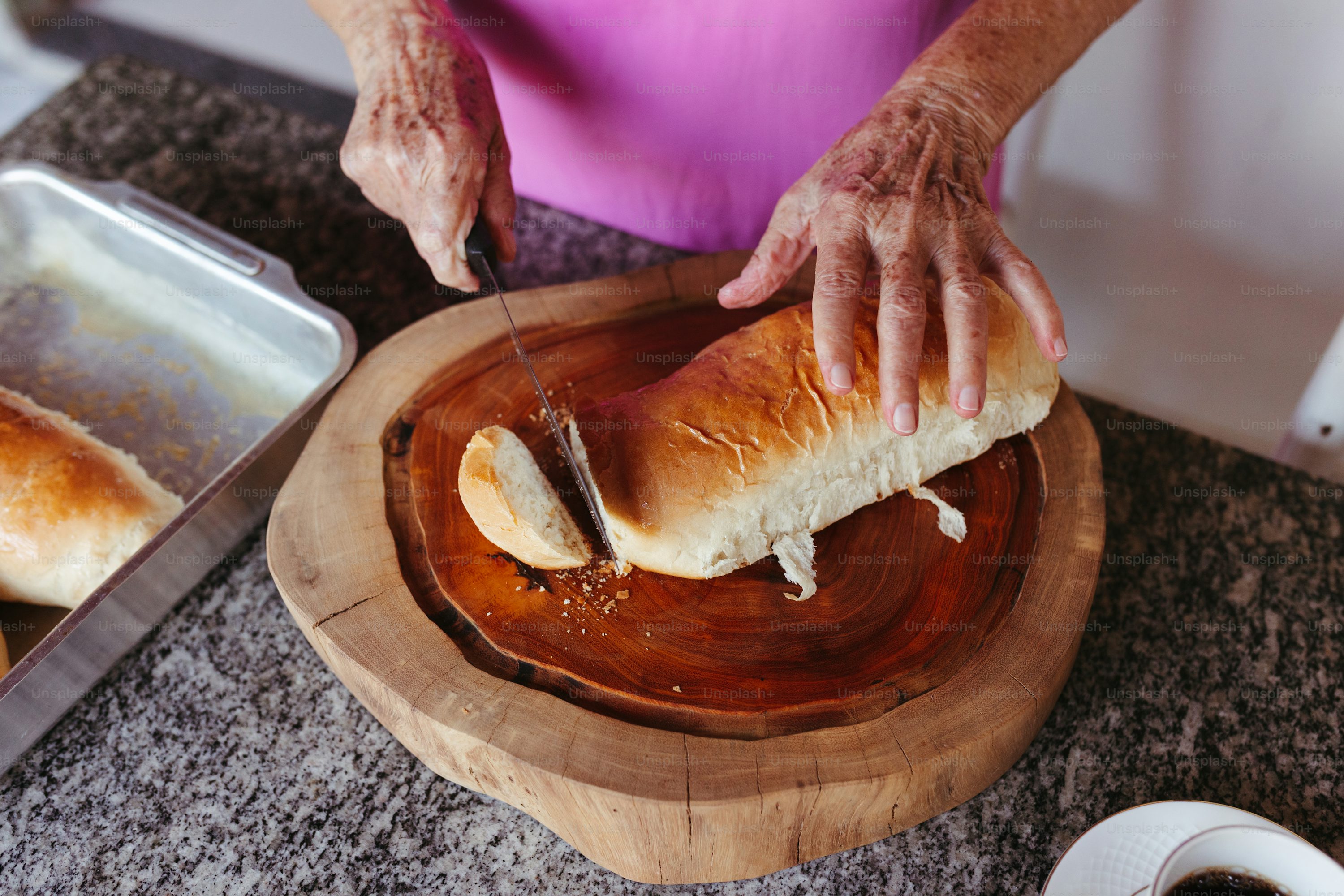Regarding food and wine travel, many people think of renowned regions like Tuscany, Bordeaux, or Napa Valley. But the world is filled with hidden culinary gems that offer exceptional flavors, rich traditions, and intimate experiences far removed from the tourist trails. Venturing into these underrated destinations is like unlocking a treasure chest of authentic dishes, handcrafted wines, and stories that remain long after the meal is over. Let’s get into three regions: the Tuscan Badlands, Hungary, and Slovenia—each a testament to the magic of going off the beaten path.
Tuscan Badlands: Tuscany’s Rugged Culinary Secret
While Tuscany’s rolling vineyards and sunlit olive groves often steal the spotlight, the Tuscan Badlands (Crete Senesi) offer a distinct and equally enchanting experience. This rugged, moonlike landscape in central Italy is a haven for those seeking authentic, natural flavors.
Local Dishes and Traditions
The Badlands are renowned for their earthy, slow-cooked dishes that reflect the region’s agrarian roots. Pici cacio e pepe, a hand-rolled pasta with pecorino cheese and black pepper, is a staple here, served fresh and full of flavor. Another must-try is zuppa di pane, a bread soup enriched with seasonal vegetables and drizzled with local olive oil.
Unique Wines
The Badlands are home to boutique wineries producing Vernaccia di San Gimignano, a crisp white wine with notes of almond and citrus. Pair it with regional sheep cheeses for a symphony of flavors.
Personal Touch
Local chefs, like Giovanna, a third-generation cook in the village of Asciano, infuse their food with stories of family and tradition. Giovanna’s truffle risotto, sourced from nearby forests, exemplifies the connection between land and table that defines the Tuscan Badlands.
Hungary: A Culinary and Viticultural Treasure
Hungary’s culinary scene often goes unnoticed, but its hearty dishes and exceptional wines are worth celebrating. Beyond Budapest’s famed ruin bars lies a world of vibrant markets, festivals, and hidden wine regions waiting to be explored.
Rich Culinary Heritage
Hungary’s food is a delicious blend of influences from Turkish, Austrian, and Slavic cuisines. Indulge in halászlé, a fiery fish soup spiced with paprika, or hortobágyi palacsinta, savory crepes stuffed with veal. For dessert, don’t miss kürtőskalács (chimney cake), caramelized to perfection at local fairs.
Underrated Wine Regions
Hungary is home to Tokaj, famed for its Aszú dessert wines, often called the “Wine of Kings.” Meanwhile, Eger offers robust reds like Egri Bikavér (Bull’s Blood), perfect for pairing with the region’s hearty dishes.
Cultural Festivals and Markets
The Budapest Wine Festival, held every September, showcases Hungary’s diverse wine heritage with tastings and workshops in the historic Buda Castle. Markets like Great Market Hall offer a sensory overload of fresh produce, cured meats, and artisanal cheeses.
Slovenia: Where Culinary Traditions Meet Innovation

Located between Italy, Austria, and Croatia, Slovenia is a gastronomic paradise that masterfully blends its neighbors’ influences with its unique culinary identity.
Local Ingredients and Flavors
Slovenian cuisine revolves around fresh, local ingredients. From the alpine pastures of the Julian Alps to the Adriatic coast, every dish is a reflection of its terroir. Try žlikrofi, delicate dumplings/pasta filled with potatoes and bacon, or bujta repa, a comforting turnip stew.
Wine and Dining Experiences
The Vipava Valley is a hidden gem for wine lovers, producing lesser-known varietals like Zelen and Pinela. Slovenia’s farm-to-table movement is thriving, with restaurants like Hiša Franko (run by Ana Roš, one of the world’s top chefs) offering innovative menus rooted in tradition.
Immersive Experiences
For an unforgettable experience, visit a hisa, or homestead, where you can enjoy homemade meals paired with house wines, often prepared by the family that owns the vineyard.
What Makes These Regions Special?
Compared to popular destinations like Tuscany or Bordeaux, these regions offer an intimacy and authenticity often missing from mainstream culinary tourism. The Tuscan Badlands captivate with their rustic charm, Hungary surprises with its bold flavors and diverse wines, and Slovenia enchants with its harmonious fusion of tradition and innovation.
Each destination invites travelers to slow down, connect with locals, and savor experiences that are both culturally enriching and deeply personal.
Tips for Travelers
If you’re ready to embark on a journey to these hidden culinary gems, here are some tips:
- Best Times to Visit:
- Tuscan Badlands: April to June, September to October for truffle season.
- Hungary: Late summer to early autumn for festivals and wine harvests.
- Slovenia: Spring and early summer for lush landscapes and fresh produce.
- How to Find Local Cuisine:
- Explore village trattorias, local markets, and family-run wineries.
- Engage with locals for insider recommendations.
- Wine Pairing Recommendations:
- Tuscan Vernaccia with Pecorino cheese.
- Hungarian Tokaj with foie gras or desserts.
- Slovenian Zelen with seafood dishes.
The world is full of culinary treasures waiting to be discovered. By venturing into lesser-known regions like the Tuscan Badlands, Hungary, and Slovenia, you’ll uncover a wealth of flavors, stories, and experiences that rival the most famous food and wine destinations.
So pack your bags, grab a fork (and a wine glass), and set out to explore these hidden gems. Don’t forget to share your journey with us—we’d love to hear about the dishes that stole your heart!



